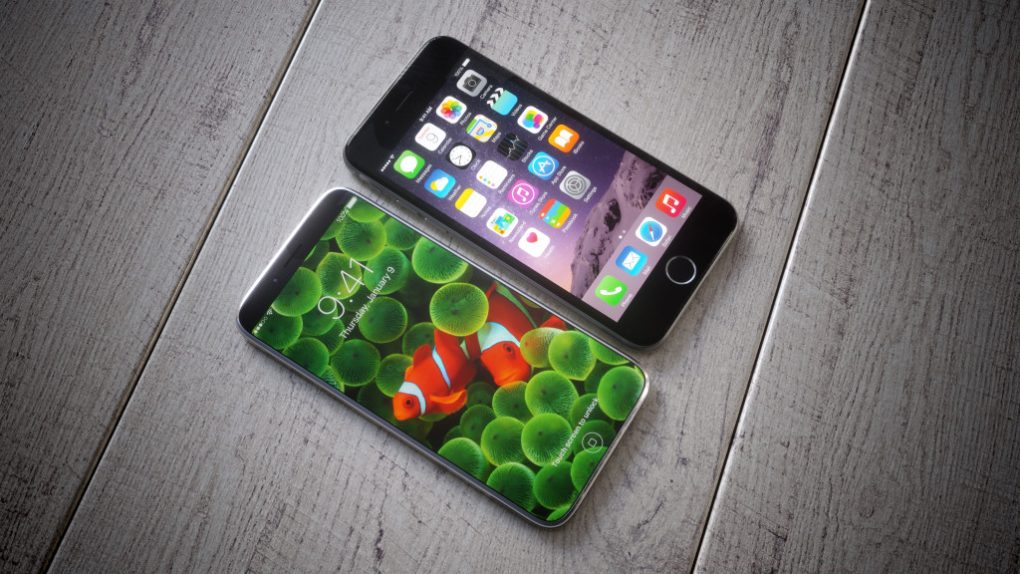For Samsung, the biggest phone of the year could well be the iPhone 8. Not just because it’s the device for the Galaxy S8 — Samsung surely wants the Galaxy S8 to be the best phone out there and beat the iPhone 8 — but because the iPhone 8 will bring in a boatload of cash for Samsung, opening new revenue streams that are probably bigger than Galaxy S8 sales.
Samsung revealed last quarter that, in spite of the massive Galaxy Note 7 financial hit, its numbers were a lot better than anticipated. And that was all thanks to its growing semiconductor business. At the time, it noted that that smartphone OLED displays will fuel further growth this year.
On top of that revenue stream, Samsung is looking to convert more companies to OLED displays like the ones found in its smartphones — the Galaxy S8 has the best OLED display money can buy right now.
The iPhone 8 will probably pack a similar screen, complete with Apple tweaks, and a new report out of Asia says that the iPhone maker inked a two-year OLED supply contract with Samsung’s Display unit.
The deal is worth $9 billion, or about as much money as Samsung has committed to upgrading its OLED manufacturing capabilities.
According to ETNews (via Digitimes ), Samsung Display will ship 70 million to 92 million smartphone OLED screens to Apple this year alone. That means the iPhone 8 might account for some 30% of the total number of iPhones Apple sells this year, given that it usually ships well over 200 million iPhones each year.
An earlier report said that Apple ordered 70 million panels from Samsung, but the Korean display maker is looking to increase capacity to 95 million units to meet growing demand.
Samsung currently owns the smartphone OLED display market, having a 95% share, but other competitors including LG Display, Japan Display, and China-based companies are also ramping up OLED production vying for Apple’s business. The fact Apple has inked a two-year OLED deal with Samsung must be great news for the Korean giant, though Apple will likely diversify its OLED supply chain in the future to ensure it has enough supply, but also to drive down prices.
Furthermore, because the iPhone is moving to OLED screens, some of Apple’s competitors are also looking to offer OLED options to their customers, which means a growing number of high-end devices will feature OLED screens in the future. That’s also good news for Samsung, the only company which would be able to handle the extra demand in the near future.
These are all reasons why the iPhone 8 will be so important for Samsung, maybe even more important than the Galaxy S8.








